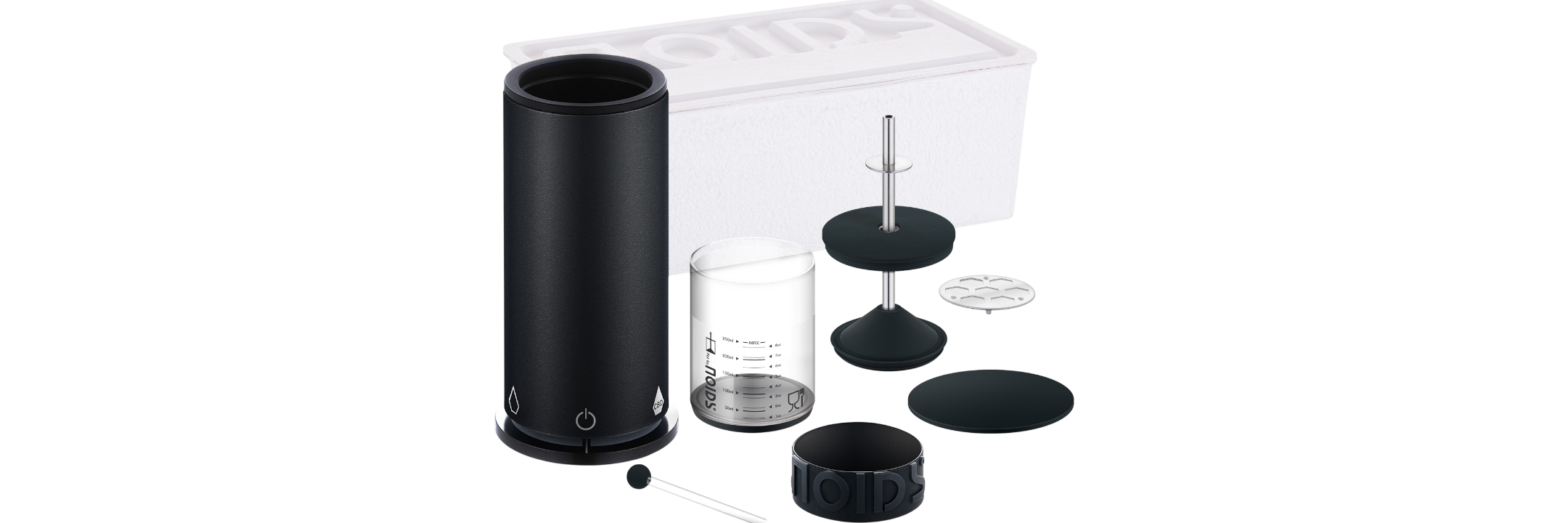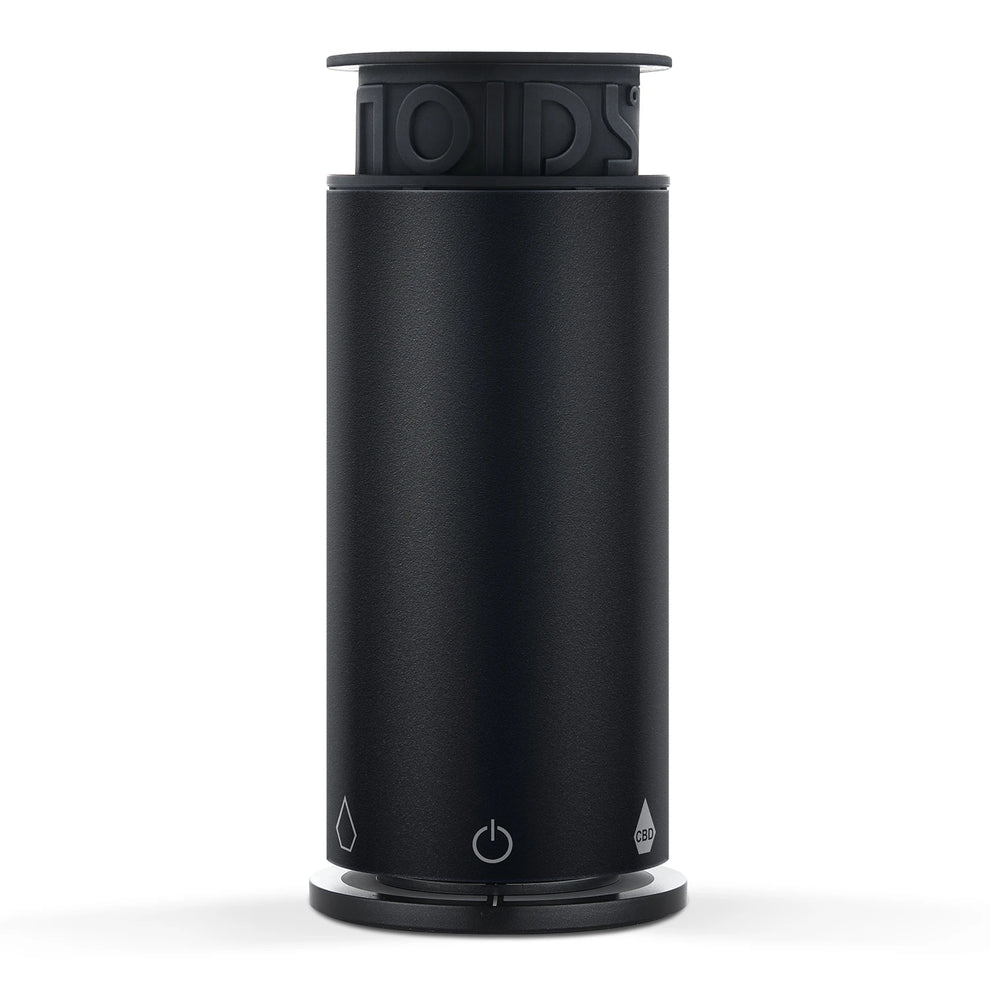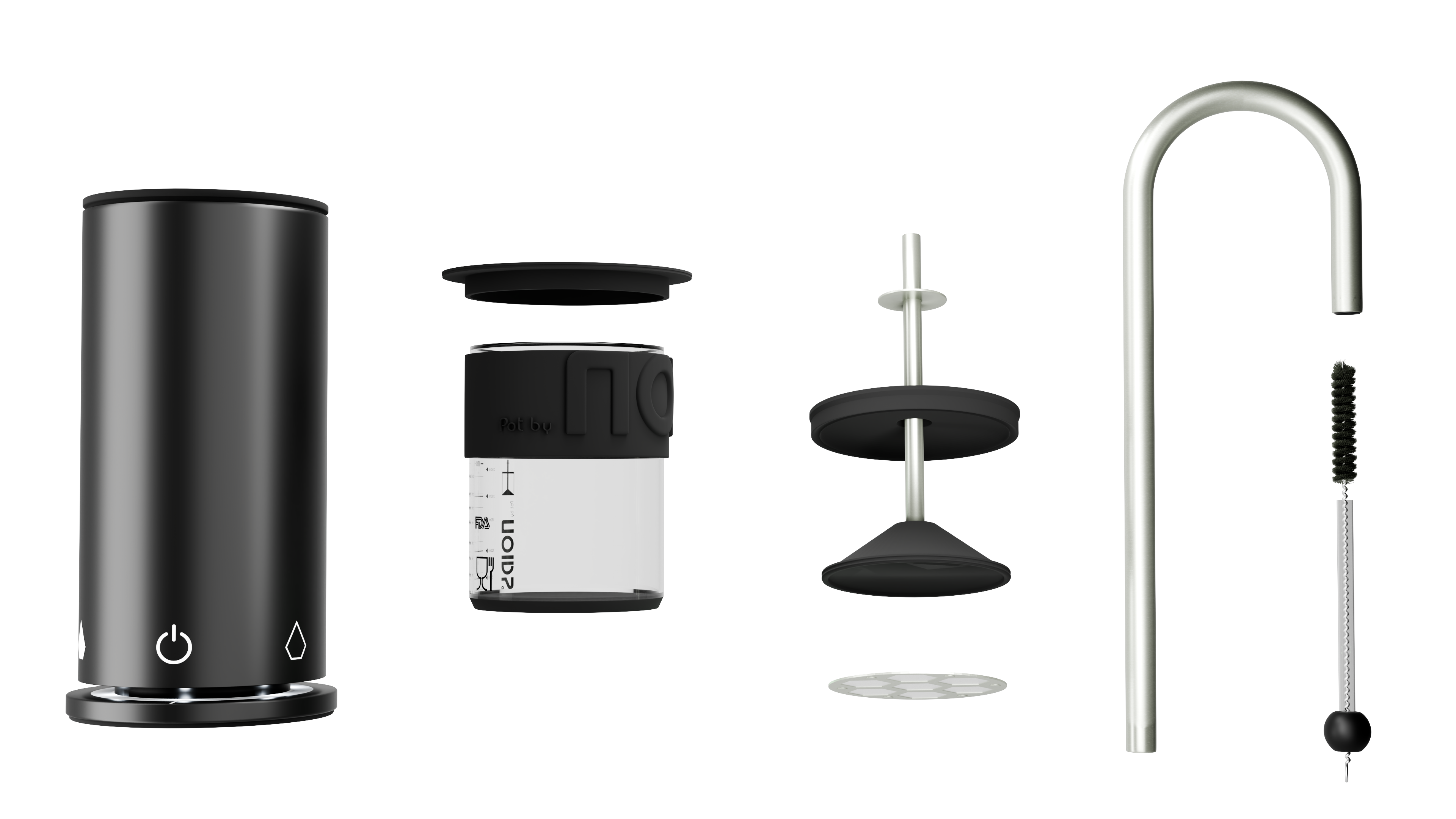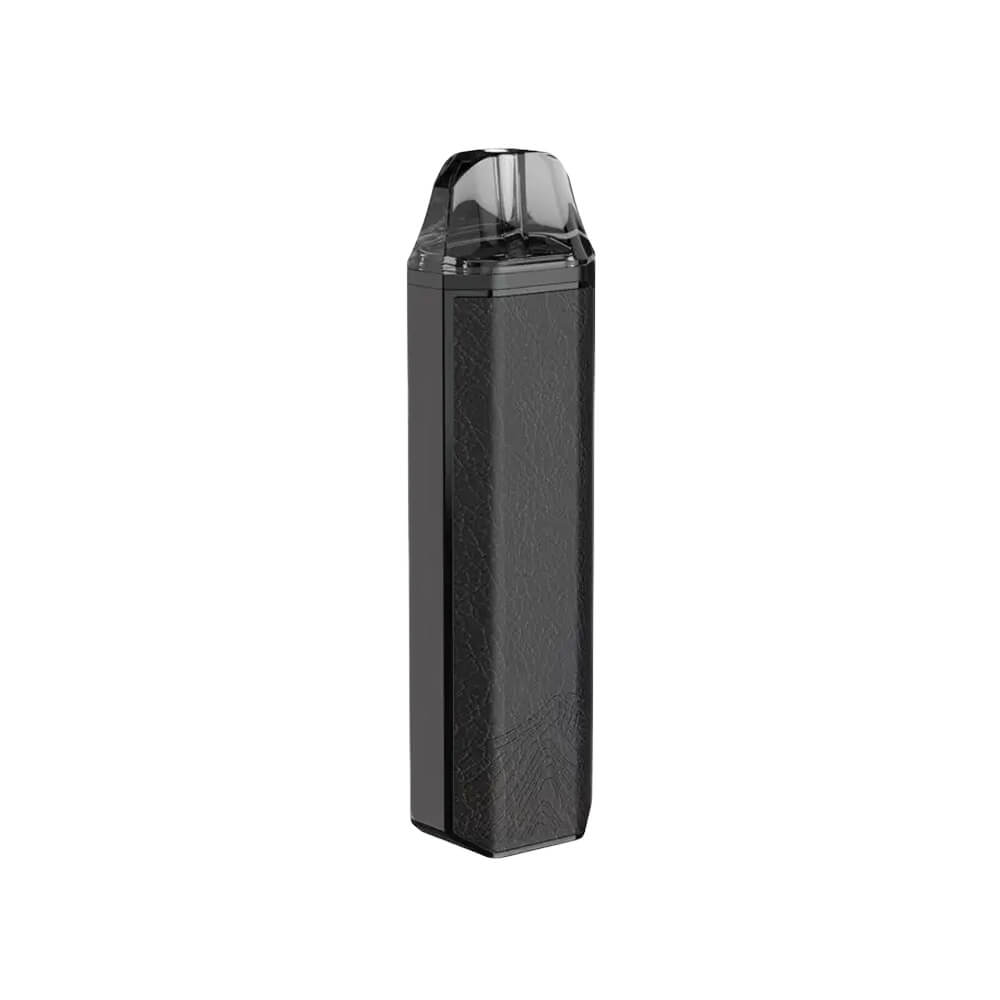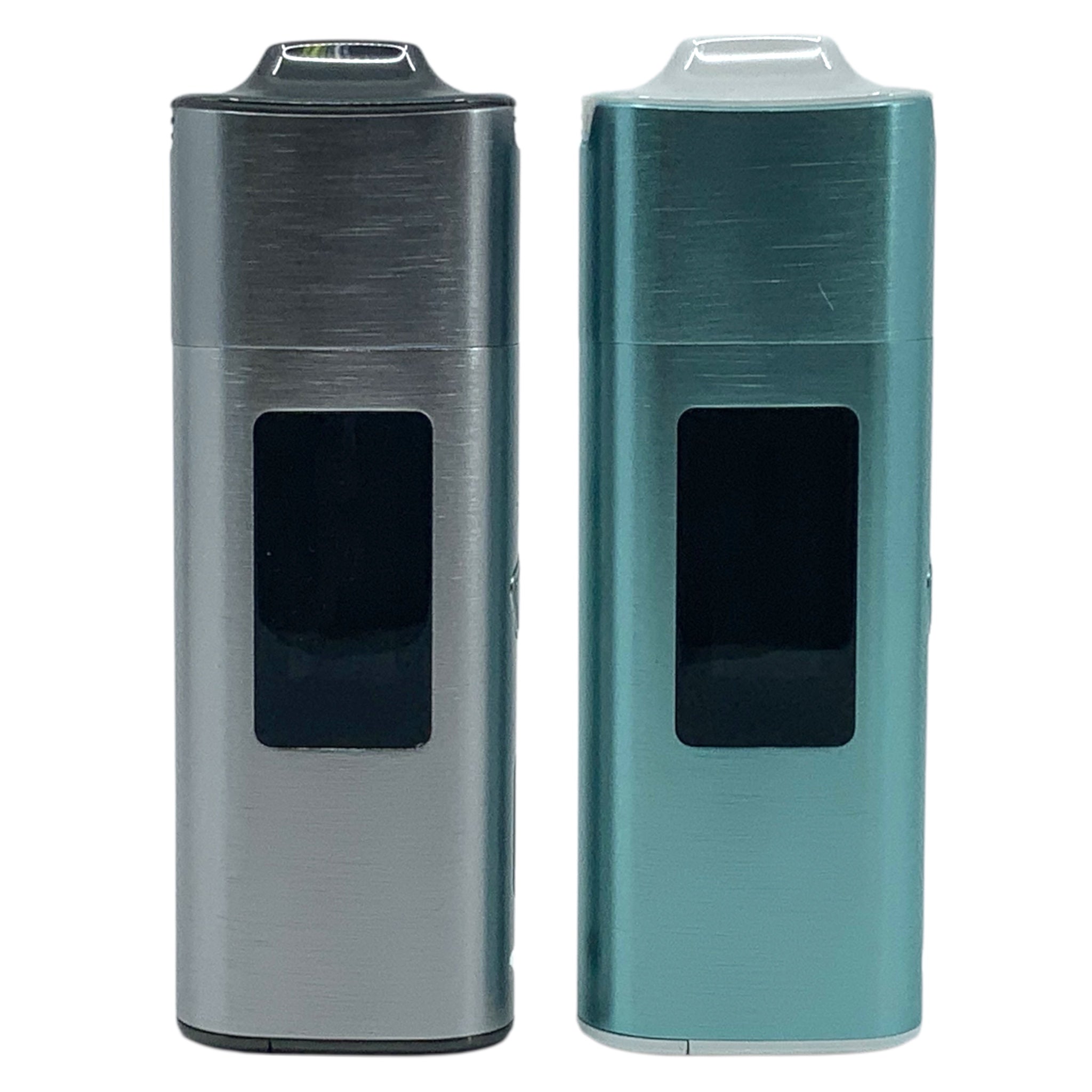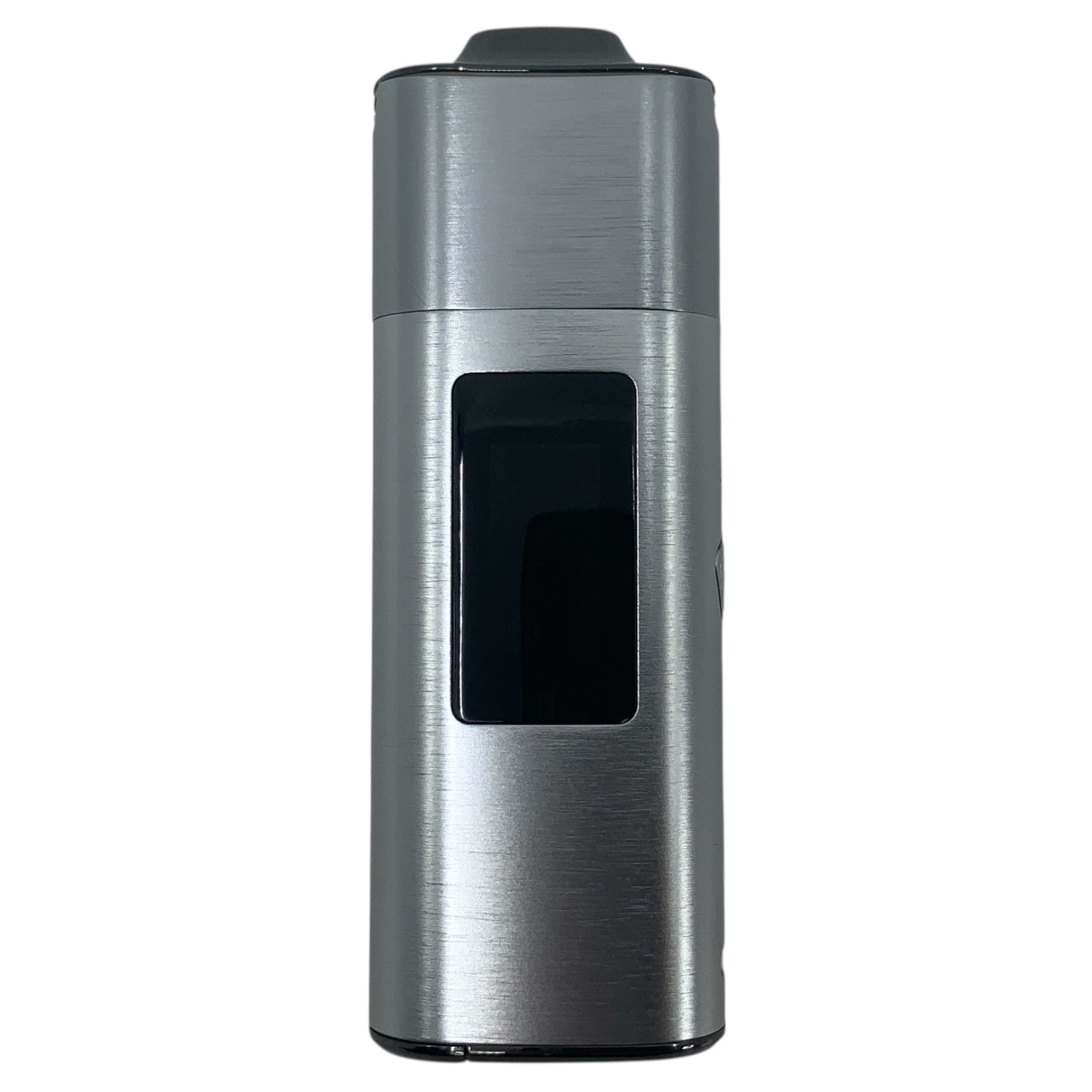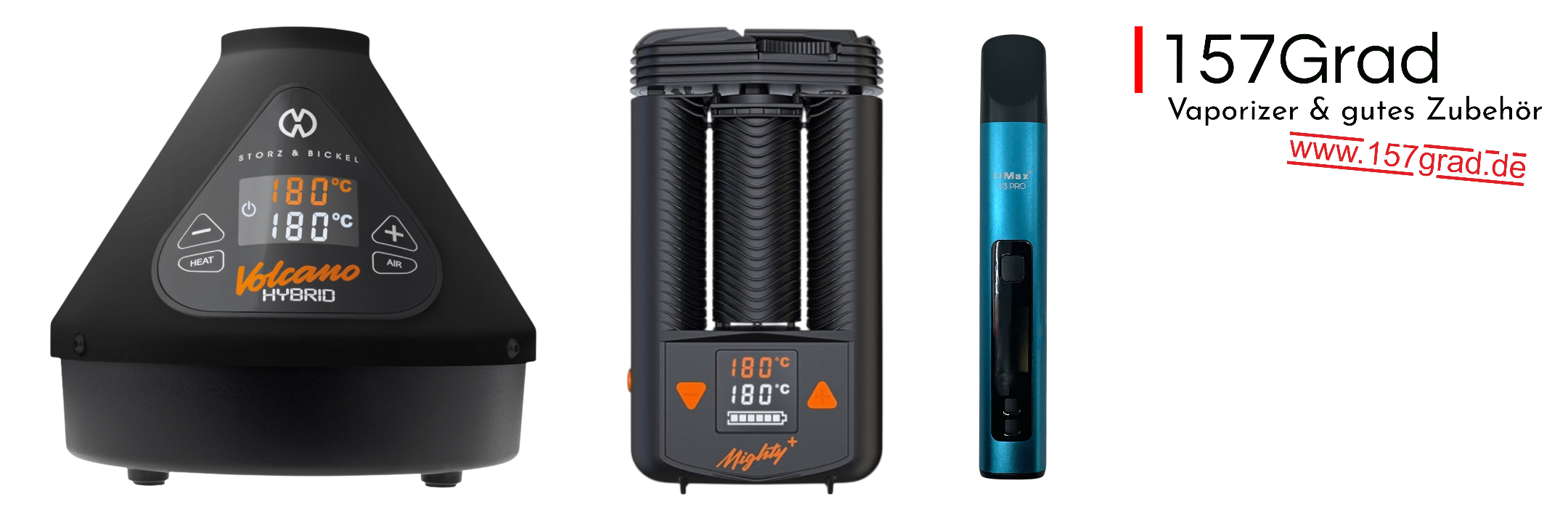If you don't just want to consume, but want to understand what you're actually enjoying, then you've come to the right place, because we're taking a deep dive into the pot, oven, and butter dish.
Cannabutter is more than just a DIY trend from the herbal kitchen. It combines knowledge of plant compounds with creative cooking, conscious consumption, and a bit of experimentation. In this article, you'll learn everything you need to know: from production and dosage to decarboxylation. Finally, there's a compact FAQ section with practical answers to your most pressing questions.
Butter as a carrier for cannabinoids in the production of cannabutter
Fat-soluble cannabinoids require a suitable carrier medium to be efficiently absorbed when heated. Butter is one of the best options here: It contains high levels of saturated fatty acids, which reliably bind THC and other active compounds. Anyone who wants to make their own canna-butter can use it to precisely dose cannabis products such as cannabis cookies or spreads and control the flavor. Of course, there are also alternatives to traditional butter.
The following table compares six common sources of fat:
|
source of fat |
Characteristics |
Suitability for cannabis butter |
|---|---|---|
|
butter |
mild, creamy, easy to process |
very suitable |
|
Ghee |
lactose-free, clarified, heat-resistant |
well suited |
|
Coconut oil |
solid at room temperature, tropical aroma |
well suited for exotic recipes |
|
olive oil |
intense aroma, unsaturated fatty acids |
only partially suitable |
|
rapeseed oil |
neutral taste, rich in Omega-3 |
suitable with restrictions |
|
Vegetable margarine |
vegan, industrially processed |
only suitable to a limited extent |
Temperature and stirring are crucial for a successful extraction. Consistent heat ensures that the terpenes and active compounds are released from the flowers and bound in the fat. If you want to make hemp butter, you should finely grind the buds, stir the mixture occasionally, and choose a low temperature to achieve the desired effects.
This way, you'll not only create a potent cannabis butter, but also a versatile base for your cooking, whether sweet, savory, or creatively combined with oil, herbs, and spices. Once you've learned how to make butter, you'll benefit from more control over dosage, flavor, and effect.
Using herbs specifically: Effect, quality and selection of the plant
To make successful cannabis butter, you need the right raw materials. Well-dried flowers, small leaf scraps, or even finely chopped stems are suitable, depending on the desired intensity. A consistent grind is crucial. This ensures optimal processing at high temperatures, allowing you to make your cannabutter without wasting any active ingredients. Whether you work with THC- or CBD-rich strains influences both the effect and its suitability for everyday use.
Storage also plays a role: Fresh and tightly sealed containers, such as the Arizer Herb Jar, protect the cannabinoids contained within. When shopping, look for strains that suit your needs, whether you're planning cannabutter from stems, milder blends, or cannabis butter for sweet or savory recipes. Careful preparation will reward you with full flavor and reliable effectiveness when making cannabutter.
Make your own cannabutter: Step-by-step with everyday items
With a few kitchen utensils and a little patience, cannabutter can be made without any special equipment. For a consistent result, temperature, time, and thorough stirring are key. It's important to decarboxylate the cannabis flowers in the oven at low heat beforehand to activate the active ingredients.
When heating in a pot or a water bath, maintain a constant temperature of around 90°C. This preserves the potency and ensures the butter combines perfectly with the dissolved cannabinoids. To ensure the result is truly delicious, you should keep an eye on the smell while cooking and keep your kitchen well-ventilated. Stored in an airtight container, the finished mixture will keep in the refrigerator for about two weeks, and even longer in the freezer.
Here's how it works with normal kitchen helpers:
-
Crushing flowers : If you don't already have one, it's best to buy a grinder or break open the cannabis flowers by hand.
-
Decarboxylation : Place the chopped pieces on a baking tray and heat in the oven at approximately 110 °C for about 30 to 40 minutes.
-
Melt butter : In a saucepan or double boiler, melt regular butter slowly, do not let it boil.
-
Mix : Add the heated flowers to the liquid and let it steep over low heat for 1 to 2 hours, stirring regularly.
-
Strain and cool : Pour through a fine sieve or cloth into a bowl or cup, allow to cool and store in an airtight container.
This step-by-step guide is also suitable for beginners, whether for medical cannabis or creative homebrews. If you're looking for a simple recipe, this is the place to start.
Recipe with cannabutter: Savory or sweet - this is how it's guaranteed to work
Cannabutter is ideal for classic edibles like brownies or cookies, but works equally well in savory dishes. It's important not to destroy the active ingredients during cooking or baking; you should avoid temperatures above 160°C. Be sure to refrigerate ready-made snacks to ensure they stay fresh and effective for a long time.
Ingredients for 8 brownies:
-
120 g cannabis butter
-
100 g sugar
-
2 eggs
-
60 g flour
-
40 g cocoa powder
-
1 pinch of salt
Preparation:
-
Preheat oven to 160 °C and grease the pan.
-
Melt butter and mix with sugar, eggs and salt.
-
Add flour and cocoa and mix well.
-
Pour the batter into the pan and bake for about 25 minutes.
-
Let cool and cut into pieces.
Use a fine sieve if you want to avoid any leftover buds. Savory cannabutter recipes like pasta or casseroles can also be creatively implemented. Good preparation is key, especially when baking with cannabis according to a recipe. Whether sweet or savory: With the right cannabutter recipe, high-quality edibles can be easily made at home. Cannabutter recipes are versatile and make the cannabis plant enjoyable in a whole new way.
Making edibles with cannabutter for controlled effects
Edibles are a discreet, long-lasting, and particularly pleasant alternative to traditional inhalation. Homemade cannabutter allows for precise dosage of the active ingredients, ideal if you value a gentle, consistent effect. It's important to prepare them gently to prevent THC and CBD from being lost in heat.
For particularly intense, consistent effects, it's worth including high-fat ingredients like cream, nuts, or coconut milk. These further bind the active ingredients and noticeably prolong the effect. Make sure to warm edibles only slightly, never overheat, to preserve the aroma and effect.
Whether as a snack or as a highlight of dinner, quick recipes with cannabutter add variety to your kitchen. If you use cannabutter without decarboxylation, you'll hardly notice any effects – activating the active ingredients is essential. Creative recipes with cannabis butter are worth adding to your collection; they're easy to prepare and store in a cool place. Proper storage ensures the quality and taste of your carefully crafted treats.
CBD in Cannabutter: Gentle effect without psychoactive effects
CBD can be bound in fat just as effectively as THC. If you want to make butter containing only CBD, you'll benefit from a relaxing but non-intoxicating effect. This gentle form is especially popular for use in the evening or when feeling anxious.
Whether in tea, on bread, or as an ingredient in cooking, CBD butter is a simple addition to everyday life. Its versatility in the kitchen makes it a standout, while providing natural support without overpowering your mind. A small amount is usually enough for noticeable effects, especially with regular use.
As a wellness ingredient, CBD butter can be dosed precisely. It's ideal for anyone who wants to benefit from the positive properties of the hemp plant without experiencing psychoactive effects.
Decarboxylation as the key to cannabis activation
For cannabinoids like THC and CBD to be effective, they must be activated by high temperatures. This process is called decarboxylation. A carboxyl group is removed from the molecule, converting THCA to THC and CBDA to CBD. Without this step, the effect is lost, even if you use the highest-quality flowers. For good results, you need the right combination of temperature and time.
Here is a compact overview:
-
115 to 120 °C : mild, approx. 45 to 60 minutes
-
130 to 140 °C : common, approx. 30 to 40 minutes
-
over 150 °C : risky, as terpenes are lost
-
below 100 °C : insufficient for full activation
Decarboxylation is ideally achieved in an oven with baking paper, in a closed herb cooker, or with the help of a precise vaporizer. It's important to maintain consistent heat and occasionally stir the plant material.
Dosage and ingredients for cannabutter: How to correctly estimate quantities
When making your own cannabutter, precision is key. For one serving, ideally, you should use 0.2 to 0.5 grams of decarboxylated buds per person, depending on the THC or CBD content. Beginners are better off starting with small amounts and working their way up slowly, as the effects of edibles can be delayed and more intense.
The degree of grinding of the flowers also influences the extraction: too fine can make filtering more difficult, while too coarse reduces the active ingredient yield. It's important that you mix the butter evenly and take your time to let the mixture steep thoroughly. This way, you'll achieve a harmonious result, with no surprises.
Conclusion: Use cannabis butter effectively with the Noids herb cooker from 157Grad
With the Noids Pot herb cooker, you can make cannabis butter with ease and precision. Temperature, time, and stirring are automated, ensuring consistent quality, preventing overheating during decarboxylation, and noticeably reducing odors. Compared to the traditional method with a pot and sieve, the device scores highly for its cleanliness and safety.
As a Magical Butter Machine alternative from Noids, it comes with everything you need for modern extraction, including easy cleaning. In the 157Grad shop, you'll find matching tools like VapoTools by 157Grad, Boveda pads for storage, and accessories if you want to vaporize your herbs later. If you're looking to buy a vaporizer, you've come to the right place.

